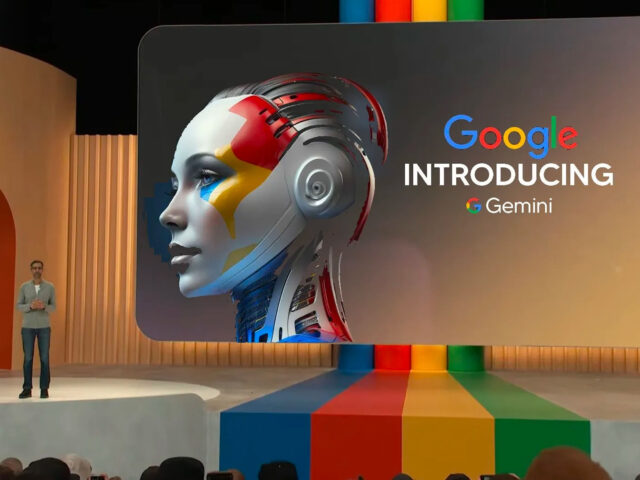
Google’s Gemini is an advanced artificial intelligence (AI) model that can understand and process various types of data, making it different from earlier models. It can handle text, audio, images, and other forms of prompts, which means it can process images, text, audio, video, and coding languages. This makes it a “multimodal” AI, allowing it to analyze and understand different kinds of information. For example, it can understand handwritten notes, graphs, and diagrams to solve complex problems. Gemini is also designed to generate high-quality code in popular programming languages like Java, C++, and Go. This means it can help developers write and understand code more effectively.
Google has released different versions of Gemini, including Nano, Pro, and Ultra. Gemini Pro is already being used in Google Bard and is being integrated into other Google technologies. Gemini Nano is designed for mobile devices, and the Ultra variant is meant for highly complex tasks. The model is seen as a rival to OpenAI’s GPT-4, another advanced AI model. While Gemini Pro is available now, the larger Ultra version is expected to be released in 2024. The development of Gemini is part of the ongoing competition and innovation in the field of AI, with companies like Google and OpenAI pushing the boundaries of what AI can do.
The release of Gemini has sparked discussions among AI developers and tech experts about its capabilities and potential impact. Some have compared it to other advanced AI models, such as GPT-4 Vision, and have raised questions about its revolutionary nature. The rapid pace of AI development means that the field is constantly evolving, with new models and improvements regularly being introduced. The release of Gemini and its future developments are being closely watched within the tech industry, as they could have significant implications for various applications of AI.

